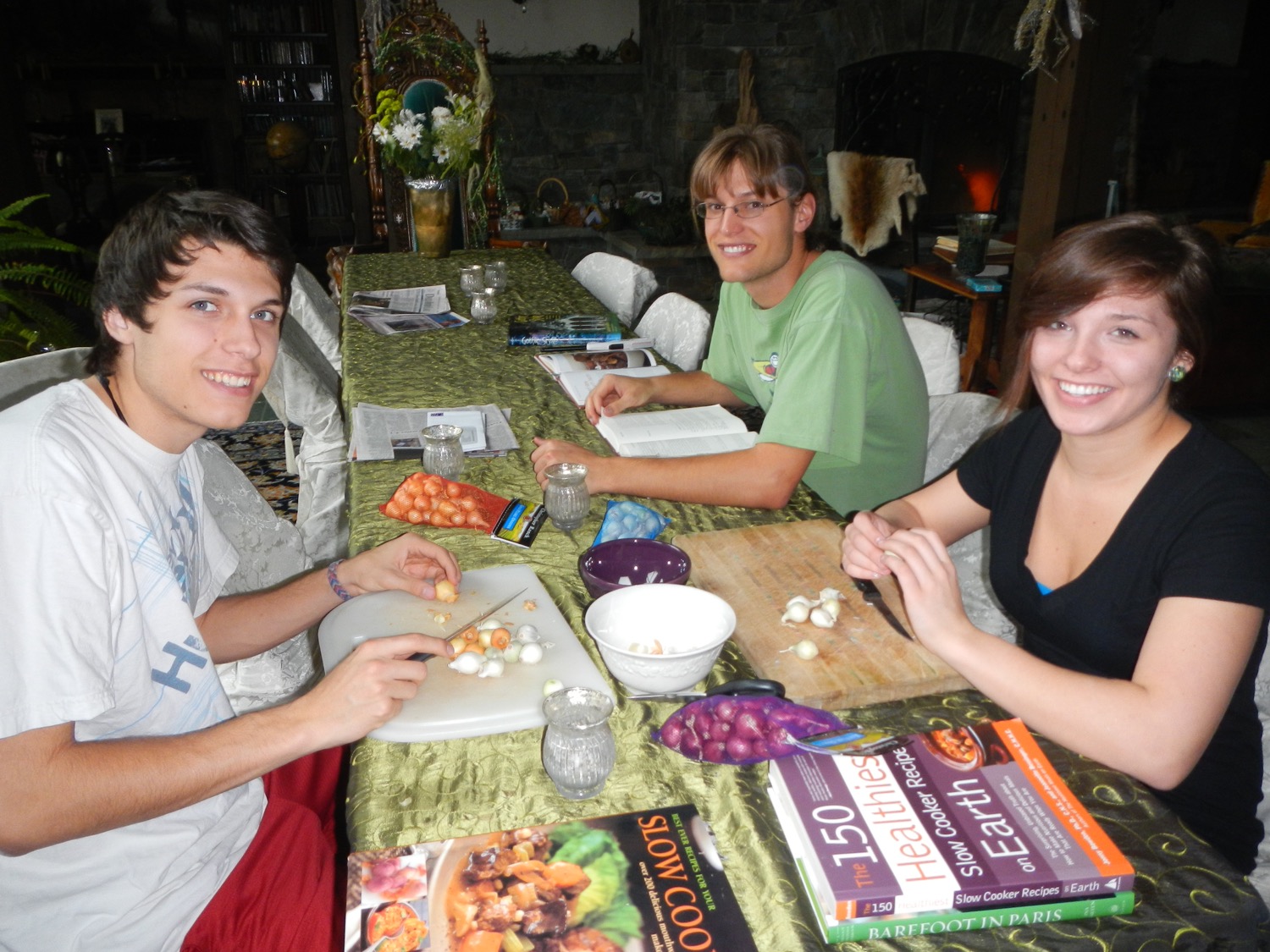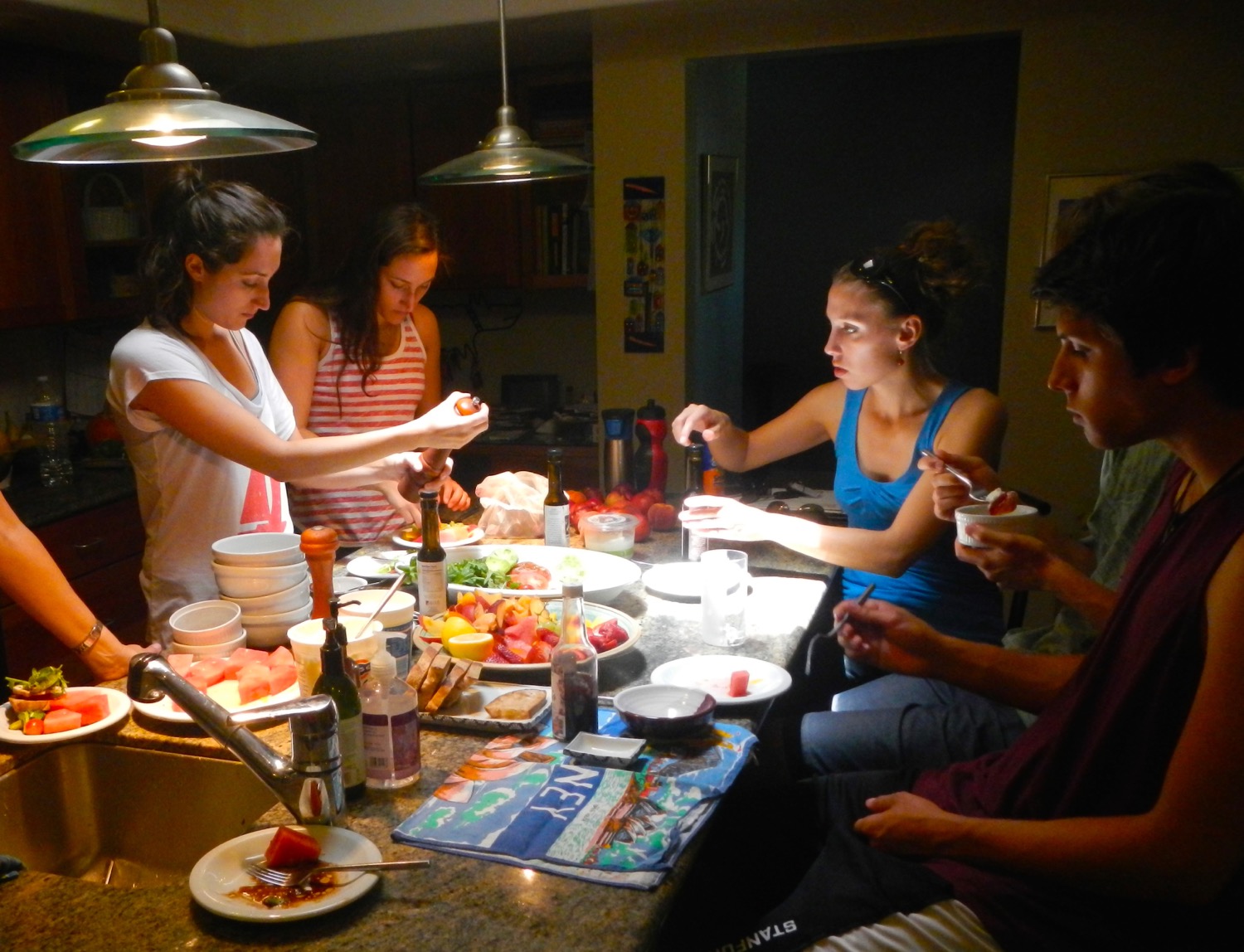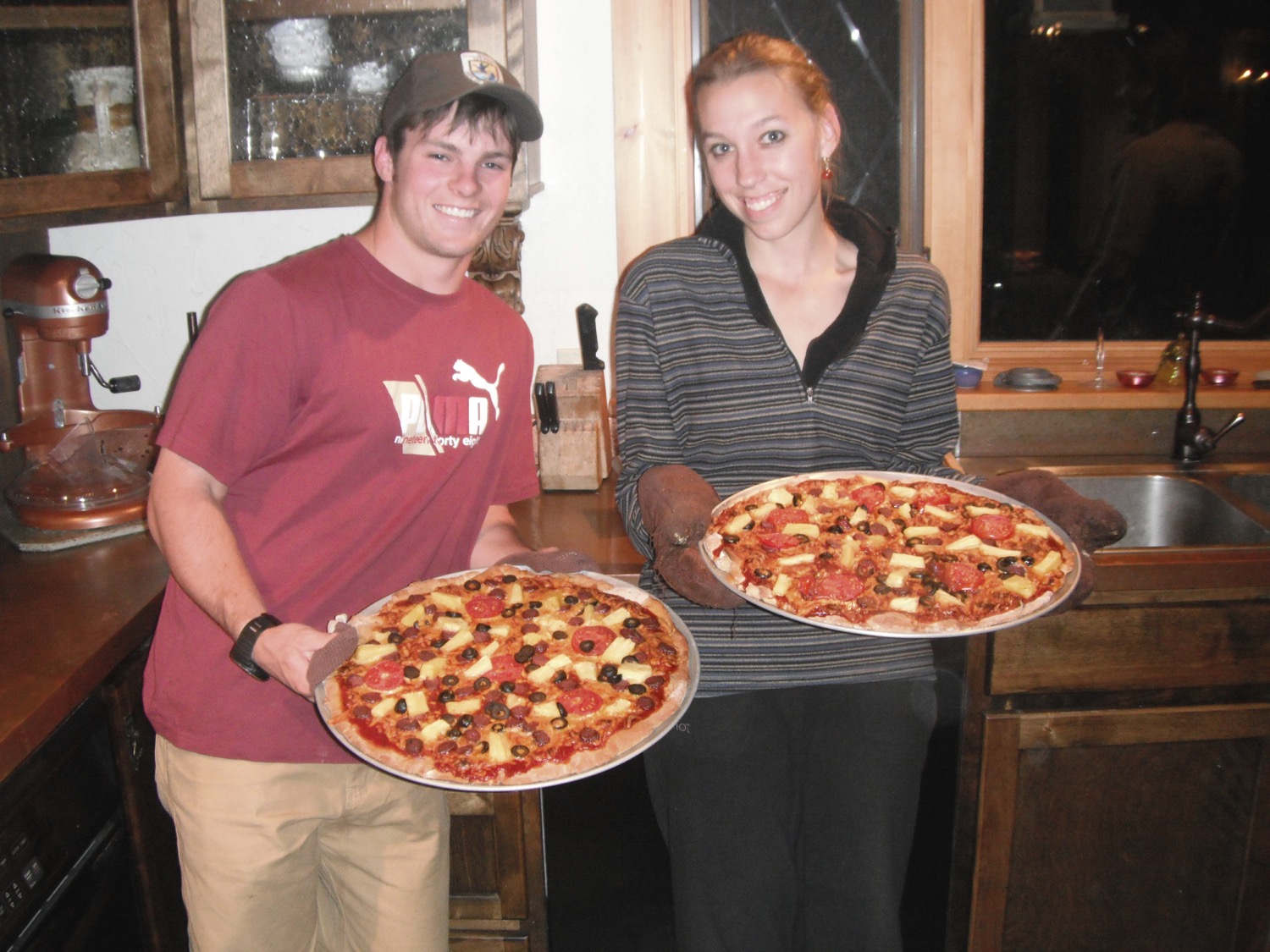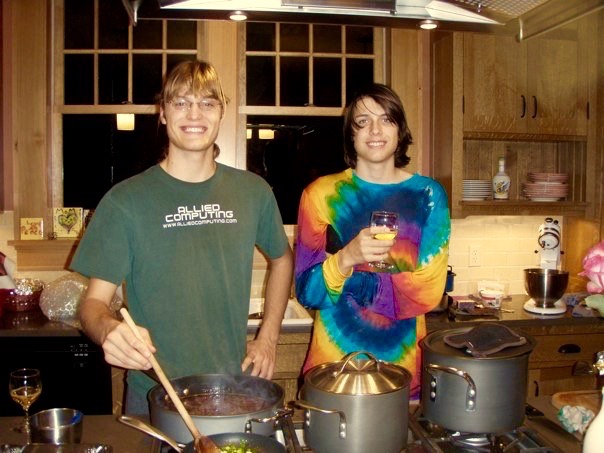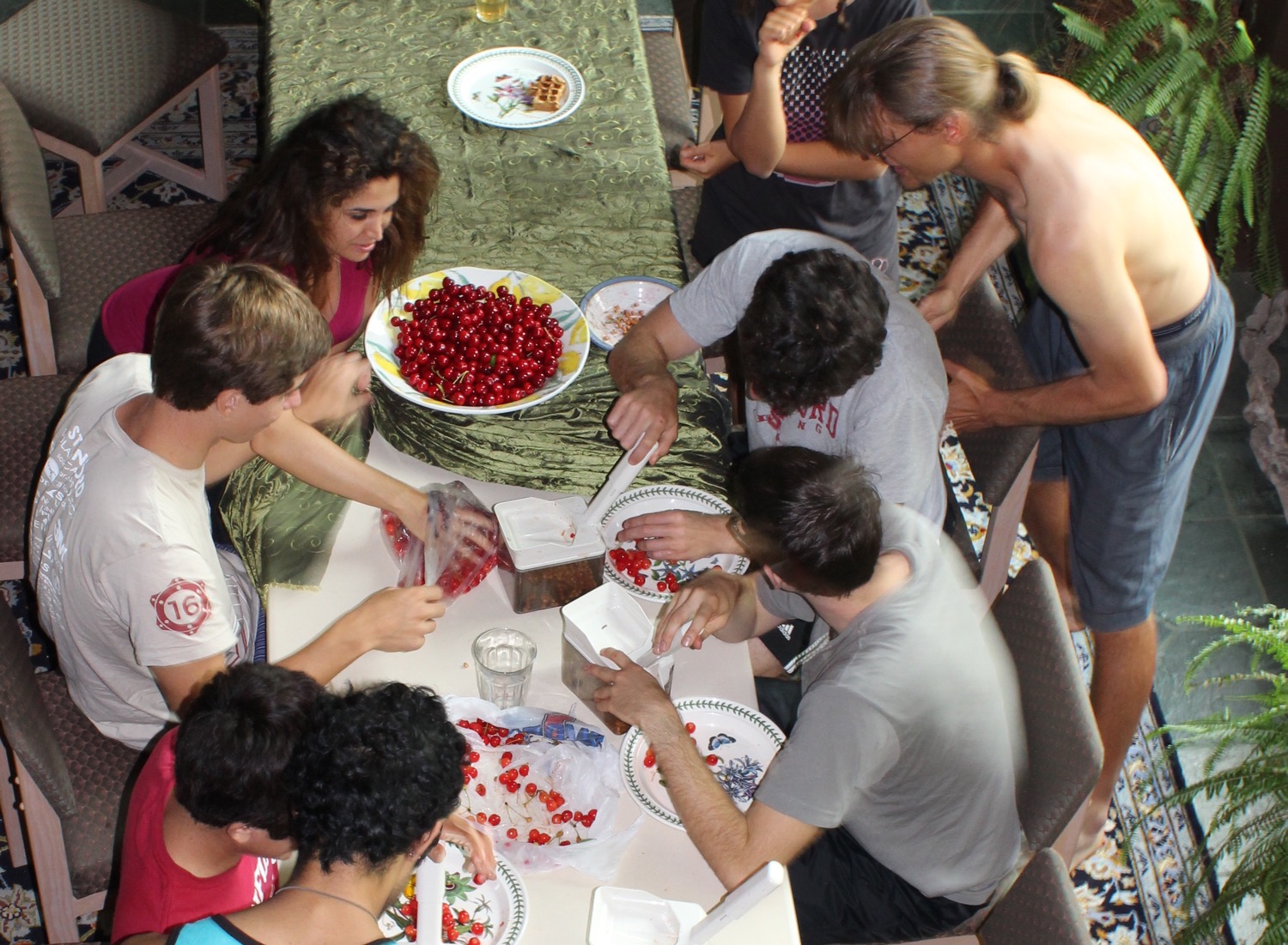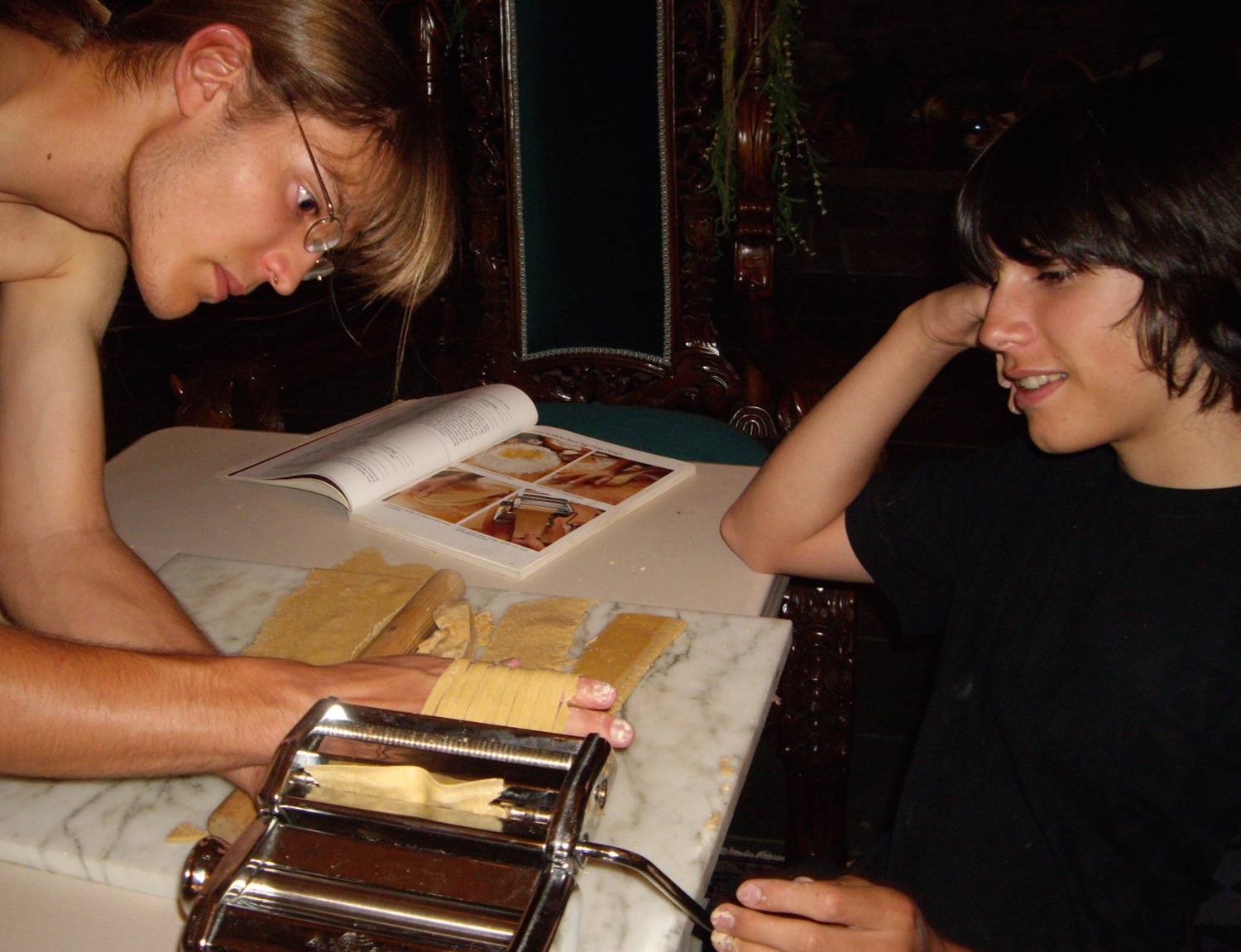Did you know that picnics were once only for the very wealthy? Picnics evolved from outdoor hunting parties in the 14th century in Europe. Such elegant outdoor meals were depicted in artworks and tapestries dating back to the Middle Ages. Picnics themselves became entertainment for the wealthy from the Middle Ages, through the Renaissance, and then into the Victorian era. They epitomized the virtues of the wealthy classes, which extolled sport, social life, the beauty of nature, and elegance. In the Victorian era, picnics became especially popular and extended to the emerging middle classes.
The Oxford English dictionary defines picnics thus: “Originally, a fashionable social entertainment in which each person contributed a share of the provisions; now a pleasure party including an excursion to some spot in the country where all partake of a repast out of doors; the participants may bring with them individually the viands and means of entertainment, or the whole may be provided by some one who “gives the picnic”.
Today, picnics are far more casual, though they still retain the aspect of having a festive meal outdoors. In our country, we tend to have picnics primarily in the summer. This poses some risk, since in summer temperatures, food borne illness is more common. Here are some tips to avoid problems:
Pack safely:
- Include materials to clean hands, with soap and water, sanitizer or wipes.
- Pack ice, clean utensils, plates, leftover containers, paper towels and trash bags.
- Pack cool food with ice packs to stay below 40 degrees. Open infrequently. Pack drinks in a separate cold cooler, since this drink cooler will be opened frequently.
- Carry coolers in an air conditioned car, not the trunk.
- If hot food is precooked, do not delay before finishing cooking on the grill. Any time lapse in-between is an invitation for bacterial growth.
- Cook hamburger and other meats to 160 degrees, and chicken to 165 degrees.
- Prevent cross contamination with drippings or marinades.
- Do not reuse marinades.
- Don’t serve on your prep platter.
- Discard food if left out more than an hour at 90 degrees.
Pack creatively:
Consider some alternatives to traditional cuisine.
Classic American picnic foods, as for Fourth of July
- fried chicken
- hot dogs
- macaroni, egg or potato salad
- corn on the cob
- iced tea, lemonade
- apple pie
French picnic foods, as for Bastille Day
- Baguettes and baguette sandwiches
- pate foie de gras or tapenade
- Salade Nicoise
- Perrier Sparkling water
- macarons
- mousse or pots de creme
Italian picnic food:
- salads: pasta, caprese, arugula
- bruschetta with toast
- limoncello soda
- layered torta or pizza
- salami, ricotta, fresh fruit
Swedish picnic food for Midsummer celebration:
- grilled marinated lamb
- Gravlax
- pickled herring with sauces
- seeded crispbread
- cheesecake with berries
If you don’t recognize the dishes, google them or search on Pinterest. You have some pleasant culinary surprises in store for you.
References:
Pamphlet: Pack a Family Picnic























